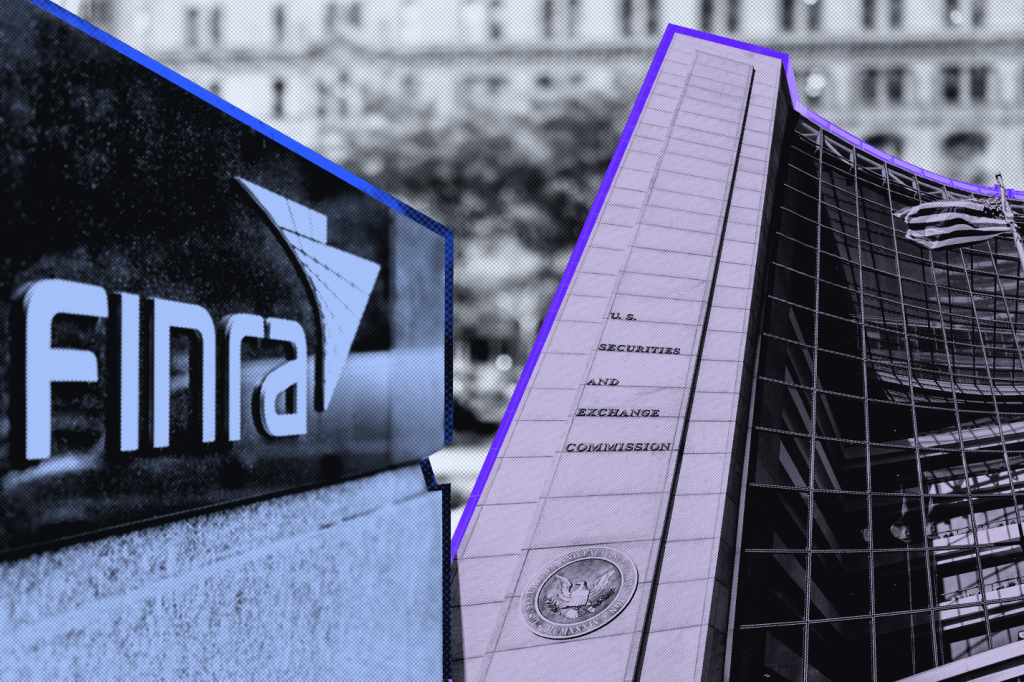In his novel Runaround, Isaac Asimov famously inscribed the First Law of Robotics: “A robot may not injure a human being or, through inaction, allow a human being to come to harm.”
Today, the idea of artificial intelligence spontaneously developing its own desires or motivations contra humanity remains firmly within
Register for free to keep reading
To continue reading this article and unlock full access to GRIP, register now. You’ll enjoy free access to all content until our subscription service launches in early 2026.
- Unlimited access to industry insights
- Stay on top of key rules and regulatory changes with our Rules Navigator
- Ad-free experience with no distractions
- Regular podcasts from trusted external experts
- Fresh compliance and regulatory content every day

















